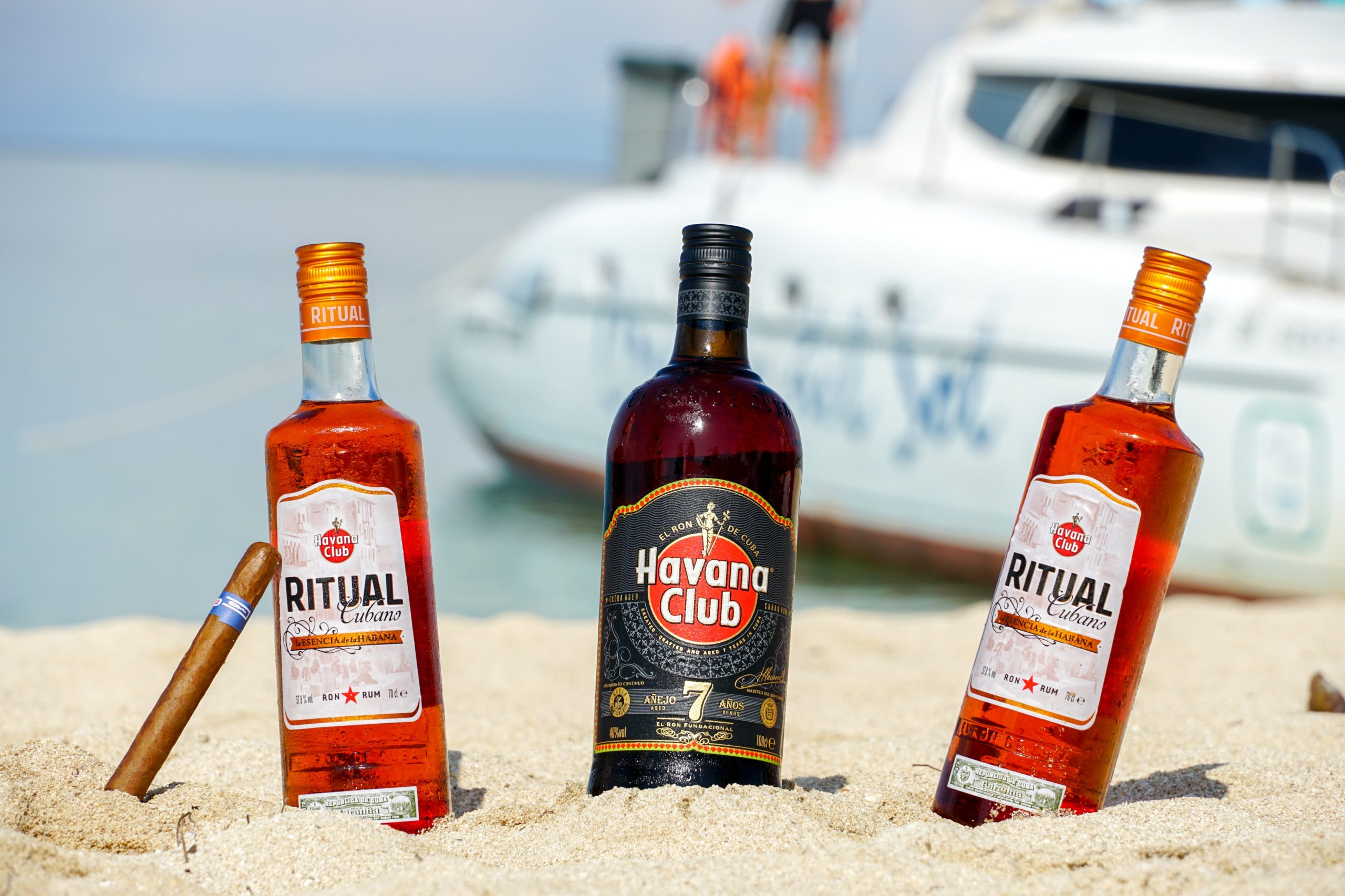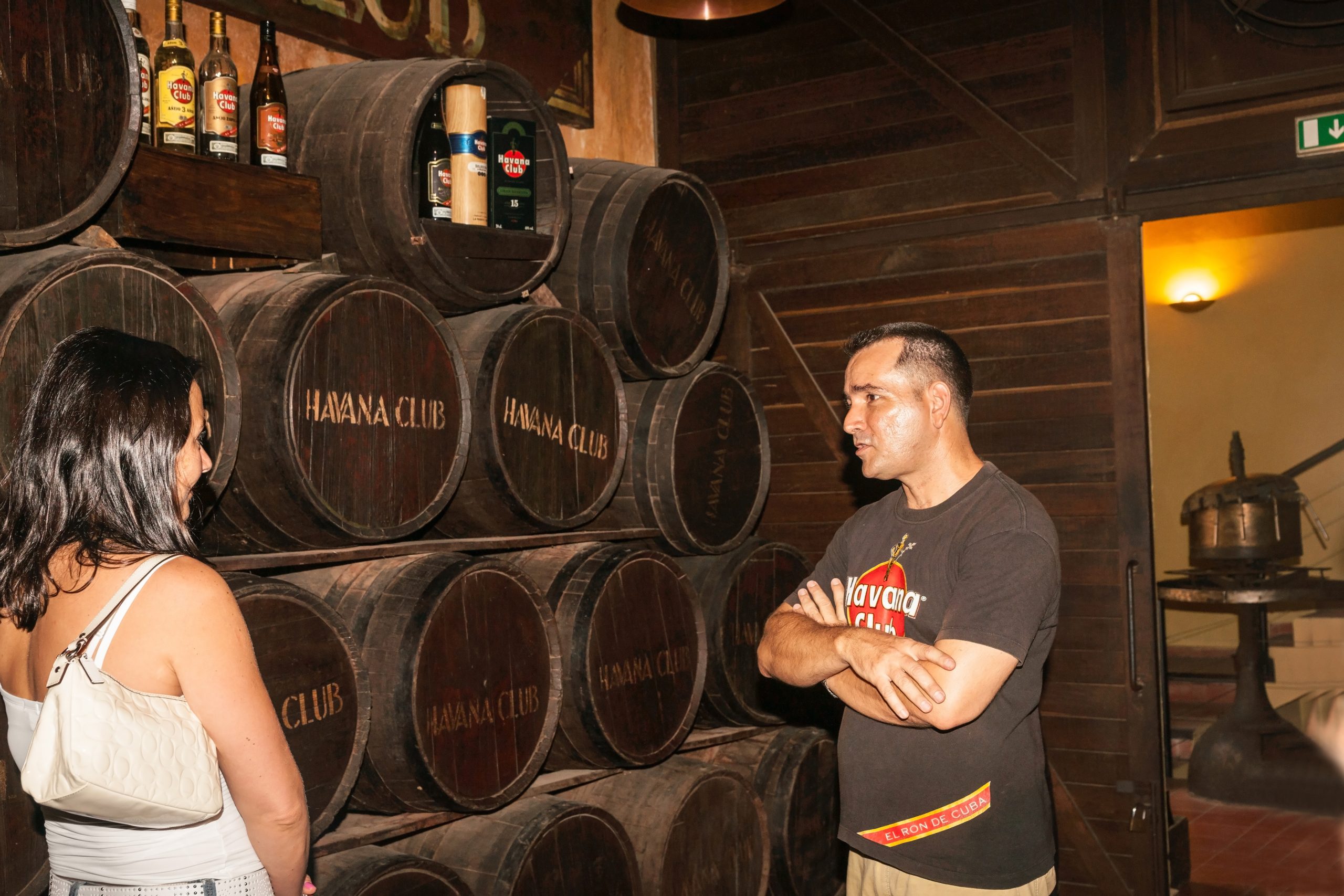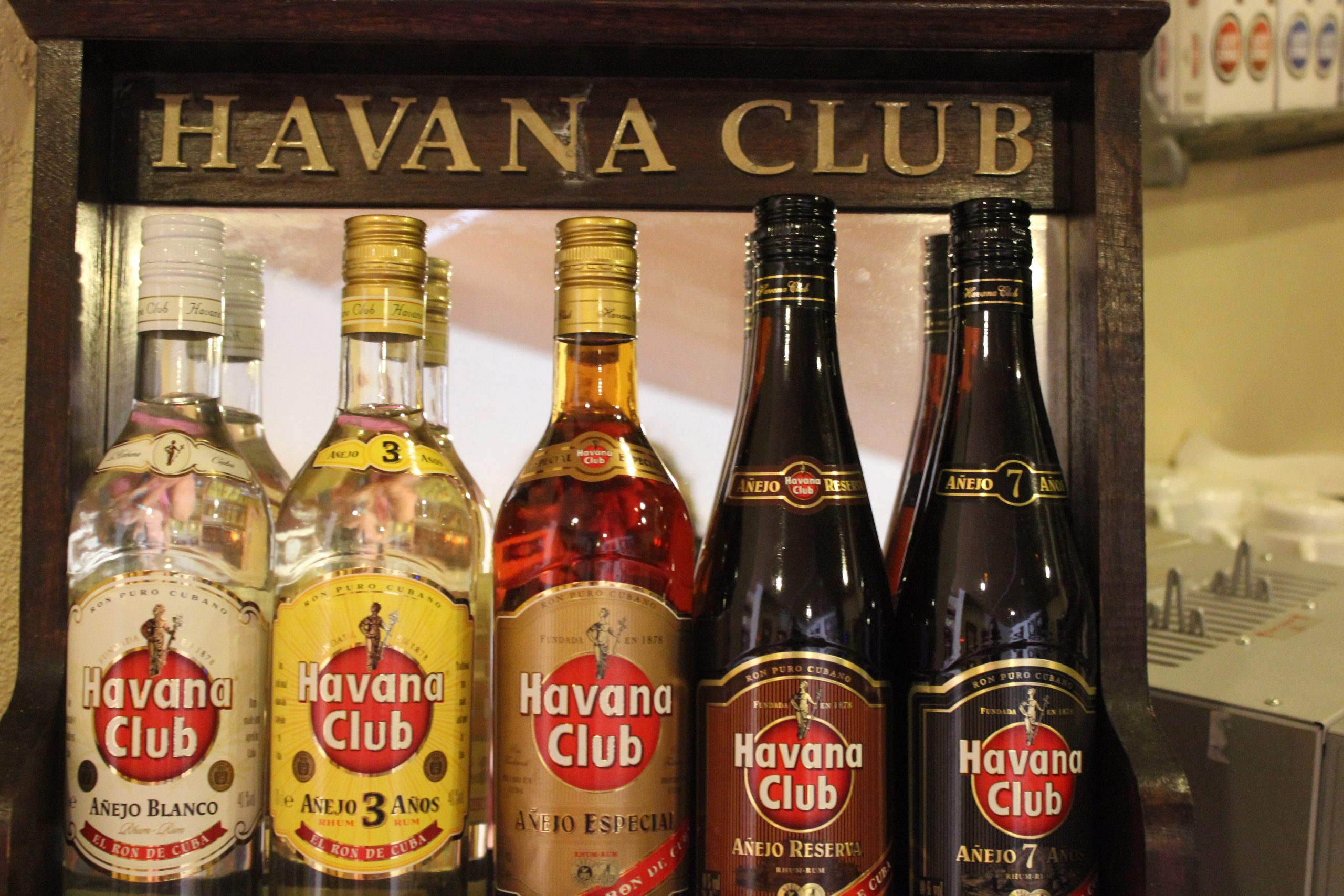Discover the unparalleled taste of Cuban rum – the legendary spirit that has captivated the world. Indulge in the refreshing mojitos and daiquiris that will transport you to the vibrant streets of Havana. But beware, no other rum can compare to the perfection found in the bottles produced in Cuba.
Countless hours of dedication and craftsmanship have gone into creating the exceptional quality of this iconic alcoholic beverage. Experience the unique and flavorful journey offered by renowned brands like Havana Club, Santiago, and Arecha.

Discover the Caribbean Rum: A Miracle in Every Sip
Born from sugar cane and boundless creativity in a twist of fate credited to Christopher Columbus. The introduction of sugar cane to the Caribbean transformed economies and revolutionized drinking customs across the globe.
The origin of rum’s discovery from sugar cane leftovers remains a mystery, but by 1672, pirates and corsairs were already producing and shipping the coveted rumballion. Some speculate that the name originated from English slang, signifying a clamor or noise. Regardless, rum gained popularity among sailors for its endurance on long voyages and its medicinal properties, essential for combating the harsh conditions of the Caribbean.
Diego Velázquez introduced sugar cane to Cuba in 1511, soon entrusting the native population and African slaves with its cultivation, harvesting, and processing into sugar. By 1777, rumors of a potent beverage known as Tafia (now called aguardiente) made from sugar cane juice began circulating among the black community and rural inhabitants. Despite its prohibition, this clear and enticing concoction laid the foundation for the development of rum in Cuba.
The primitive cunyaya was initially used by native Cubans to extract sugar cane juice, later replaced by animal-powered or slave-operated trapiches in sugar mills. The Haitian Revolution in 1791 brought significant changes to Cuba’s sugar industry, as the island assumed Haiti’s position in the global market. French migrants arriving in Cuba introduced cutting-edge techniques, including steam machines and Jamaican trains, elevating sugar production to new heights.
Trinidad, situated in the Sancti Spíritus province, serves as a testament to the socioeconomic impact of the sugar boom. Immense plantations and sugar mills, like Manaca-Iznaga, Buenavista, and Delicias, owned by affluent families, emerged in the Valley of the Sugar Mills. Today, 65 sites preserving remnants of this epoch have been recognized as UNESCO World Heritage sites, offering a glimpse into Cuba’s captivating history.
Delve into the rich heritage and vibrant flavors of Cuban rum, a journey that promises to awaken your senses and transport you to a bygone era of indulgence and grace.

Experience the First Rum Masters: The Legacy of Bacardí and Havana Club Brands
In the world of rum, there are two iconic brands that have shaped the industry as we know it today: Bacardí and Havana Club. It all began in 1862, when the visionary Facundo Bacardí purchased a small distillery in Santiago de Cuba. With a passion for innovation, Bacardí revolutionized the rum-making process, creating a superior quality treasure known as Cuban light rum.
What makes the Bacardí brand even more captivating is its symbol, a bat. This symbol originated from the first containers used to sell the rum – old olive oil gallons marked with a bat. As consumers started asking for the “bat rum,” the symbol became etched in history. Bacardí’s success soared, leading to the establishment of a factory with 100 workers and the export of Bacardí Rum to Europe. By 1927, they even ventured into the beer industry, creating the beloved Hatuey brand.
However, the journey for Bacardí in Cuba came to an end in 1959 when the Revolution government nationalized big private enterprises. In response to this upheaval, Bacardí’s owners left the island, taking their brand with them and continuing its production overseas.
Now, let’s talk about another renowned brand – Havana Club. In 1871, the first sugar refinery in Cuba was inaugurated in Cárdenas, Matanzas. Shortly after, José Arrechabala founded the Havana Club Rum House, which quickly gained fame. After the triumph of the Revolution, the Cuban government reorganized the rum industry, resulting in the rebirth of Havana Club. Today, Havana Club produces a range of high-quality varieties, including the prestigious Havana Club Máximo Extra Añejo, the Reserva 7 Años, and the Selección de Maestros.
While discussing Cuban rum, we must not forget Matusalem Rum. This exceptional rum was born in Cuba in 1872 but is now exclusively produced in the Dominican Republic. The Camp brothers and their partner Evaristo Álvarez created Matusalem with a desire to craft a soft and exquisite rum. Inspired by the aging process of brandy and cognac, they developed a secret formula that has been passed down through generations. Today, the ancient distillery in Santiago de Cuba continues to produce the excellent Santiago de Cuba Rum.

Celebrate the masters of the Cuban Rum
But what truly sets Cuban rum apart is “The Knowledge of The Masters of Cuban Light Rum.” This revered tradition has now been recognized by UNESCO as a cultural heritage, spanning eight generations of expertise. Passed down from master to apprentice, this lifelong learning process encompasses traditional, scientific, and sensory knowledge, ensuring the preservation of Cuban rum culture. With a strict ethical code and a deep respect for history and good practices, these masters of rum bring artistry to their craft.
To become a master rum maker, years of dedication and training are required. These experts have studied chemistry and undergone rigorous taste and smell training. They possess an intimate understanding of every aging cellar, barrel history, and the mixtures that create the desired aroma, color, and body. It’s a true testament to the artistry and excellence that defines Cuban rum.
This UNESCO recognition not only celebrates the cultural significance of Cuban rum but also highlights its role as an important industrial and economic pillar of the island. With its roots in the sugar industry, Cuban rum is a symbol of tradition, craftsmanship, and the rich heritage of Cuba.
Come and experience the legacy of the First Rum Masters, Bacardí and Havana Club brands. Immerse yourself in their stories, savor their exquisite rums, and celebrate the artistry that has shaped the rum industry for centuries.


